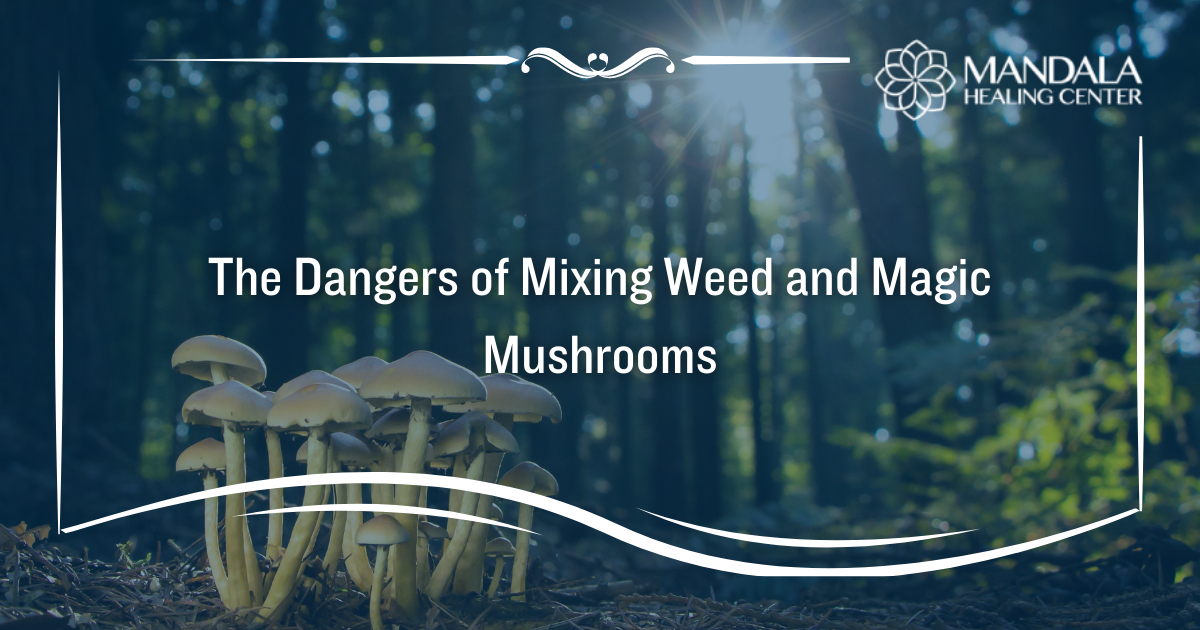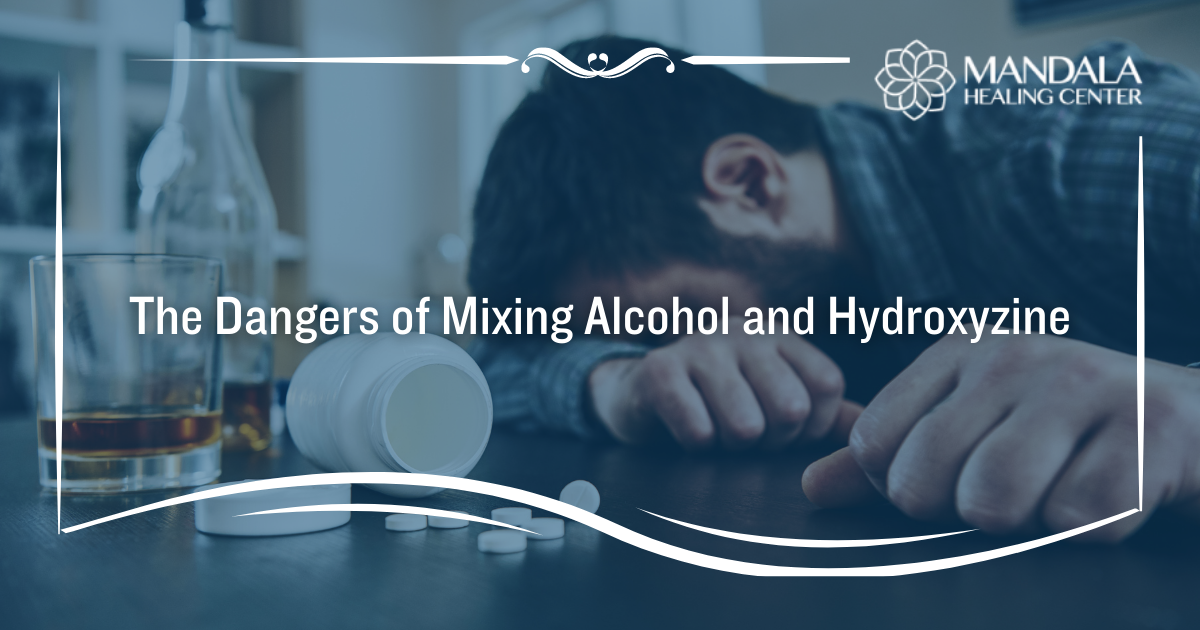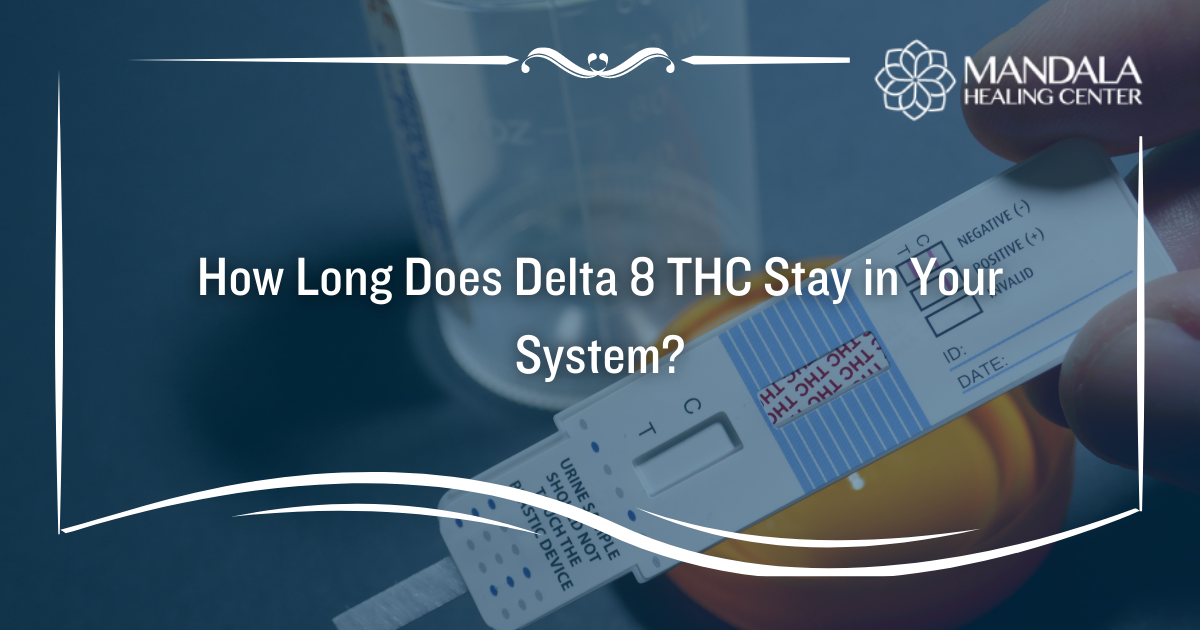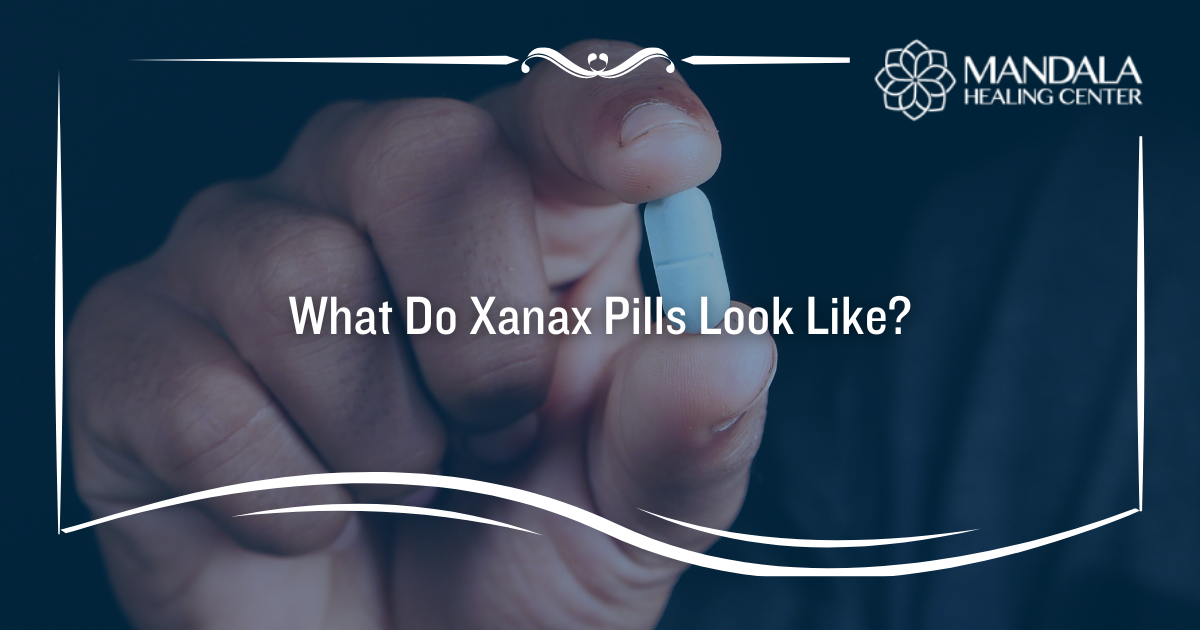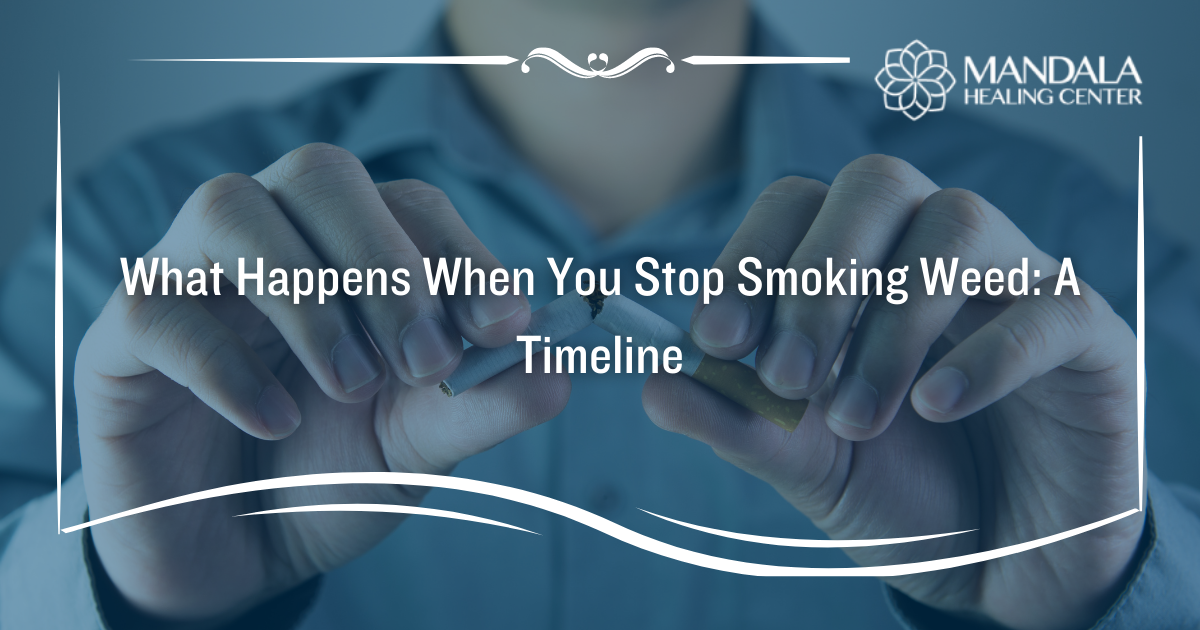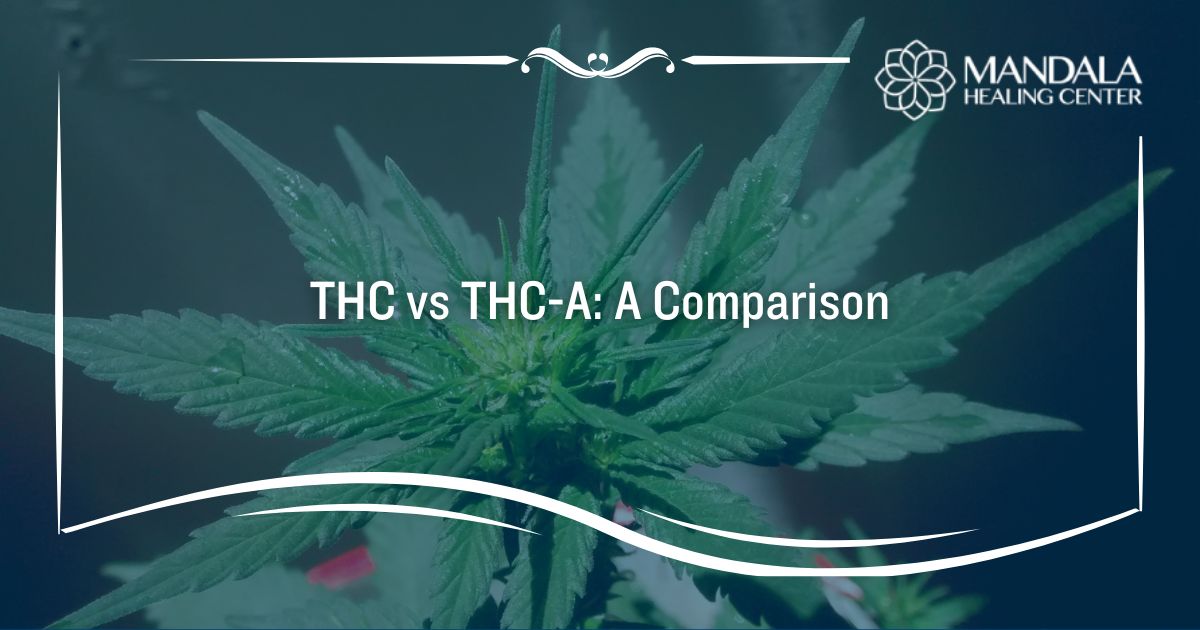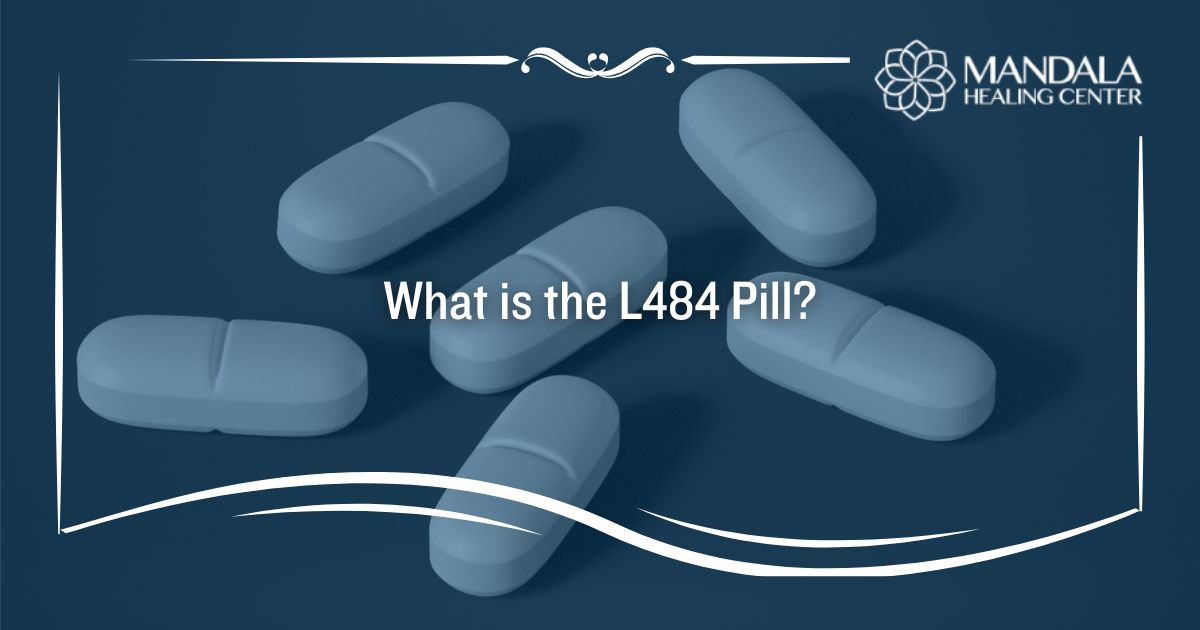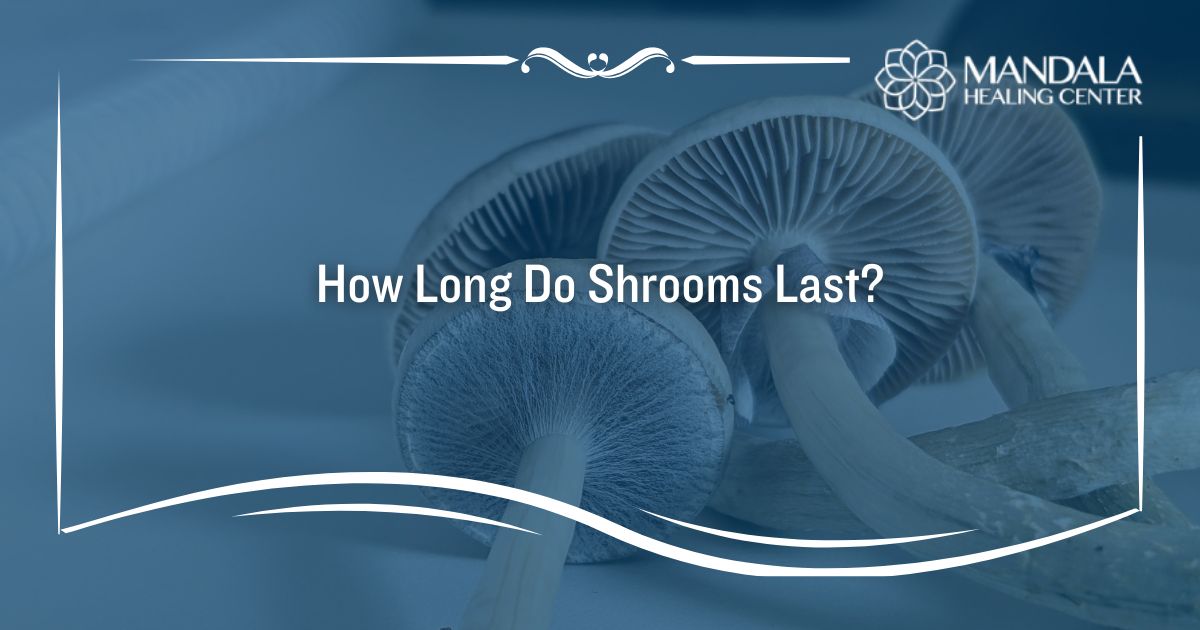Molly is a nickname for a drug called MDMA or 3,4-Methylenedioxymethamphetamine. It increases the activity of serotonin, dopamine, and norepinephrine in your brain. The effects include increased energy and alertness, a rush of euphoria, feelings of closeness with others, and changes to sensory perception.[1]
Because of the way MDMA affects you, it is a commonly abused drug in the club and rave scene. How long Molly lasts depends on a variety of factors, including the dose you take, your body weight and metabolism, as well as whether you’ve consumed other drugs. That said, the effects of MDMA usually last 4 to 6 hours.
While the effects of ecstasy can be pleasurable, it can also lead to dangerous side effects. For example, taking Molly can worsen mental health conditions like depression and anxiety. You can also develop a dangerous condition known as serotonin syndrome or experience life-threatening dehydration.
The long-term effects of MDMA (ecstasy) can be dangerous and life-threatening. Due to this, you should seek professional help if you have developed an addiction to Molly. At the Mandala Healing Center, we offer the tools and support you need to achieve long-term recovery.
In this article, you will learn:
- What are the effects of MDMA?
- How long do the effects of ecstasy last?
- What are the signs of Molly addiction?
- What are the risks of MDMA abuse?
What are the Effects of Molly?
Molly is a synthetic drug that can cause a variety of mind-altering effects, including:[2]
- Increased heart rate and blood pressure
- A rush of energy and increased focus
- Feelings of pleasure and euphoria
- Increased sensitivity to sight, sound, touch, and smells
- Muscle tension and tremors
- Teeth clenching
- Excessive sweating
- Reduced inhibition
- Blurry vision
- Anxiety and paranoia
- Insomnia
- Cravings for more ecstasy
When someone consumes Molly, they might notice a racing heartbeat and anxiety or paranoia. This occurs because the MDMA is increasing norepinephrine in your brain. As time goes on, you might experience euphoria, feelings of pleasure, and empathy for others due to an increase in dopamine and serotonin. After the effects of ecstasy fade away, you might feel empty, depressed, or anxious because the drug has used up all of the feel-good chemicals in your brain.
How Long Do the Effects of Molly Last?
When you take MDMA, you will begin to experience symptoms within 45 minutes. The peak effects of Molly tend to begin 15 to 30 minutes later.
How long the effects of ecstasy last depends on a variety of factors, including:
- Dose – Higher doses of Molly can last longer and be more intense.
- Body Weight and Metabolism – If you have a fast metabolism, Molly might not last as long as someone with a slow one.
- Purity – MDMA is an illegal drug, which means it could contain additives and adulterants. When Molly is not pure, it might not last as long as it’s supposed to.
- Other Substances – Taking Molly with other substances such as alcohol or cocaine can affect how long the effects last.
Typically, the effects of MDMA last 4 to 6 hours after you’ve consumed it. The comedown from ecstasy can be intense, causing severe symptoms of depression, anxiety, and anhedonia (an inability to feel pleasure.) If you are struggling with Molly abuse, you should consider attending a drug rehab center.
What are the Signs of MDMA Addiction?
While it is often debated whether MDMA is addictive, we know for sure that you can become psychologically dependent on it. Additionally, Molly often contains other drugs, which means you can become addicted to whatever your MDMA is laced with.
The signs of MDMA addiction include:
- Using more Molly for longer than you intended to
- Wanting to quit or cut back on MDMA use but being unsuccessful
- Spending a lot of time obtaining, using, and recovering from the use of ecstasy
- Losing interest in previously enjoyed activities to have more time to abuse Molly
- Failing to meet responsibilities at school, work, or home because of MDMA use
- Experiencing urges or cravings to abuse ecstasy
- Continuing to use Molly despite facing social problems or physical and mental health issues
- Using MDMA in risky situations, such as while driving
- Needing to increase your dose of ecstasy to experience the desired effect
- Dealing with withdrawal symptoms when you stop using Molly
If you experience 2 or more of the mentioned symptoms, you are suffering from a substance use disorder. Because long-term MDMA use can lead to health risks, you should seek help from a drug rehab like the Mandala Healing Center.
What are the Risks of Molly Abuse?
Long-term MDMA use can lead to a variety of risks. First, it can damage your mental health, making you more susceptible to depression, anxiety, and suicidal thoughts. The amount of serotonin Molly depletes from your brain can play a role in increasing the symptoms of your mental health condition.
Another risk of abusing MDMA is developing serotonin syndrome. This occurs because Molly causes your brain to release high amounts of serotonin at once. The symptoms of serotonin syndrome may include:[3]
- Agitation and restlessness
- Abnormal eye movements
- Diarrhea
- Dangerously fast heartbeat and high blood pressure
- Hallucinations
- Increased body temperature
- Coordination issues
- Nausea and vomiting
- Overactive reflexes
- Rapid changes in blood pressure
Lastly, ecstasy causes excessive sweating and dehydration. If you are using MDMA in a rave or club, you are probably dancing around and using a lot of energy. If you do not drink enough water, your dehydration could become life-threatening.
Get Connected to an MDMA Rehab Center
If you or a loved one abuses MDMA, it’s time to seek professional help. At the Mandala Healing Center, we offer evidence-based and individualized care for addiction recovery.
Contact us today to learn more about our treatment center for Molly addiction.
References:
- The National Institute on Drug Abuse (NIDA): MDMA (Ecstasy/Molly)
- The Drug Enforcement Administration (DEA): Ecstasy Or MDMA (also Known As Molly)
- Medline Plus: Serotonin Syndrome







